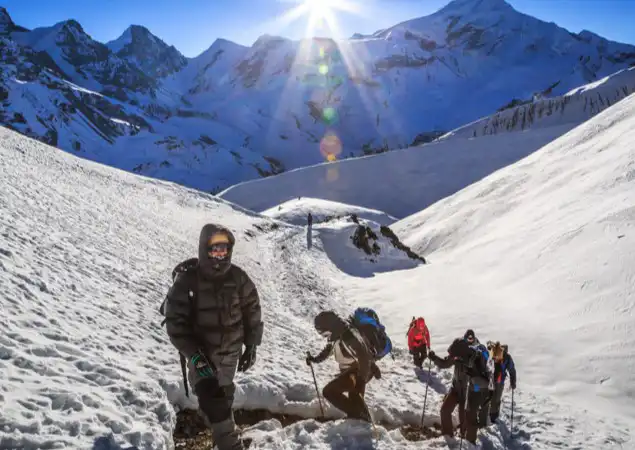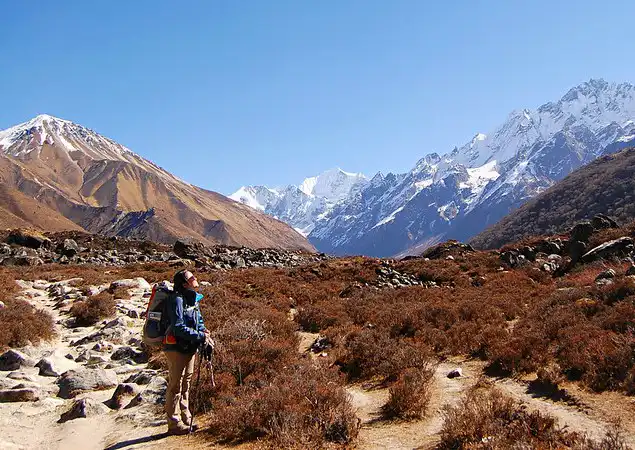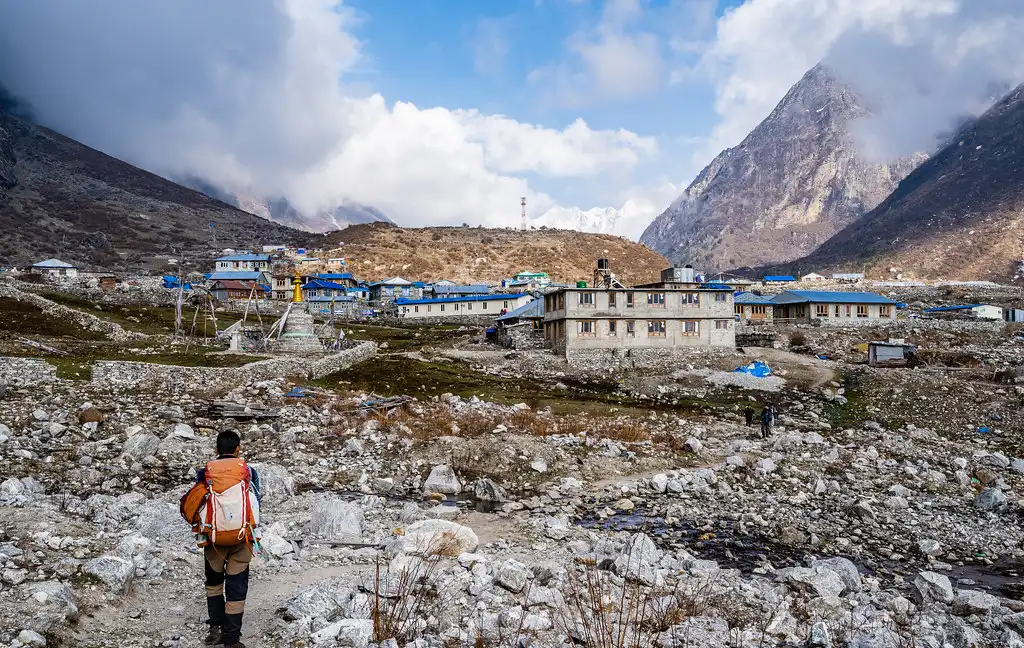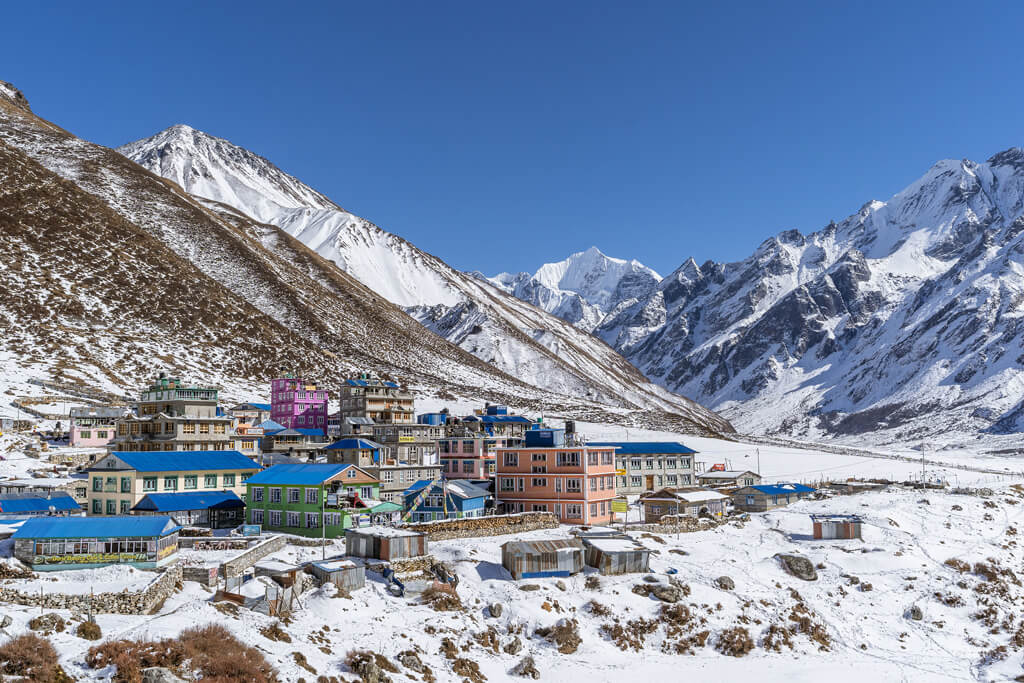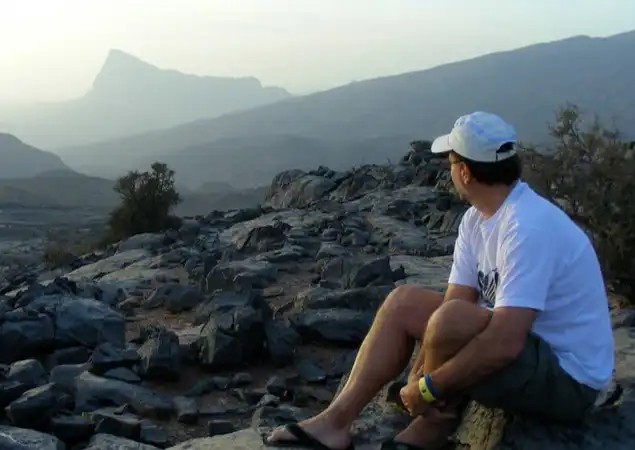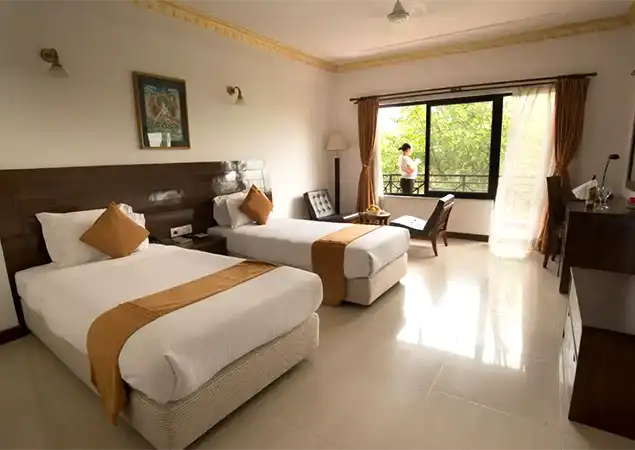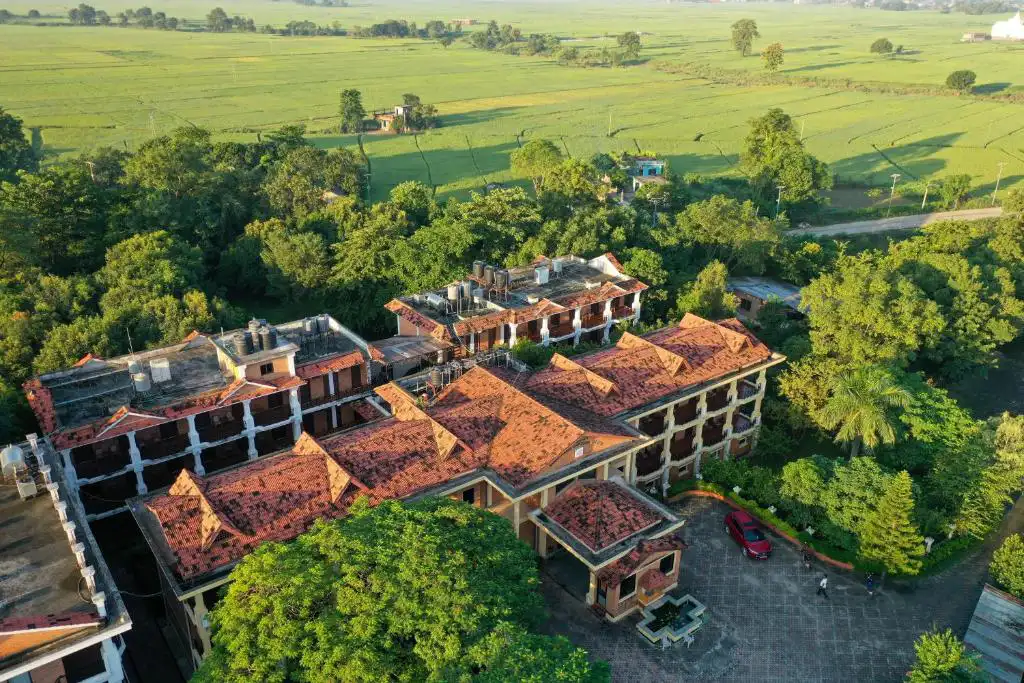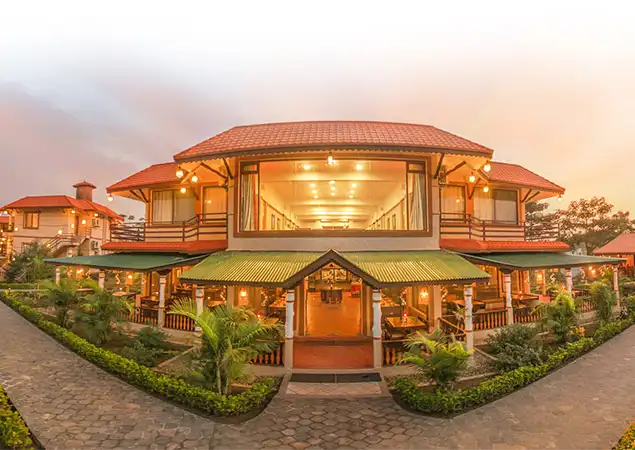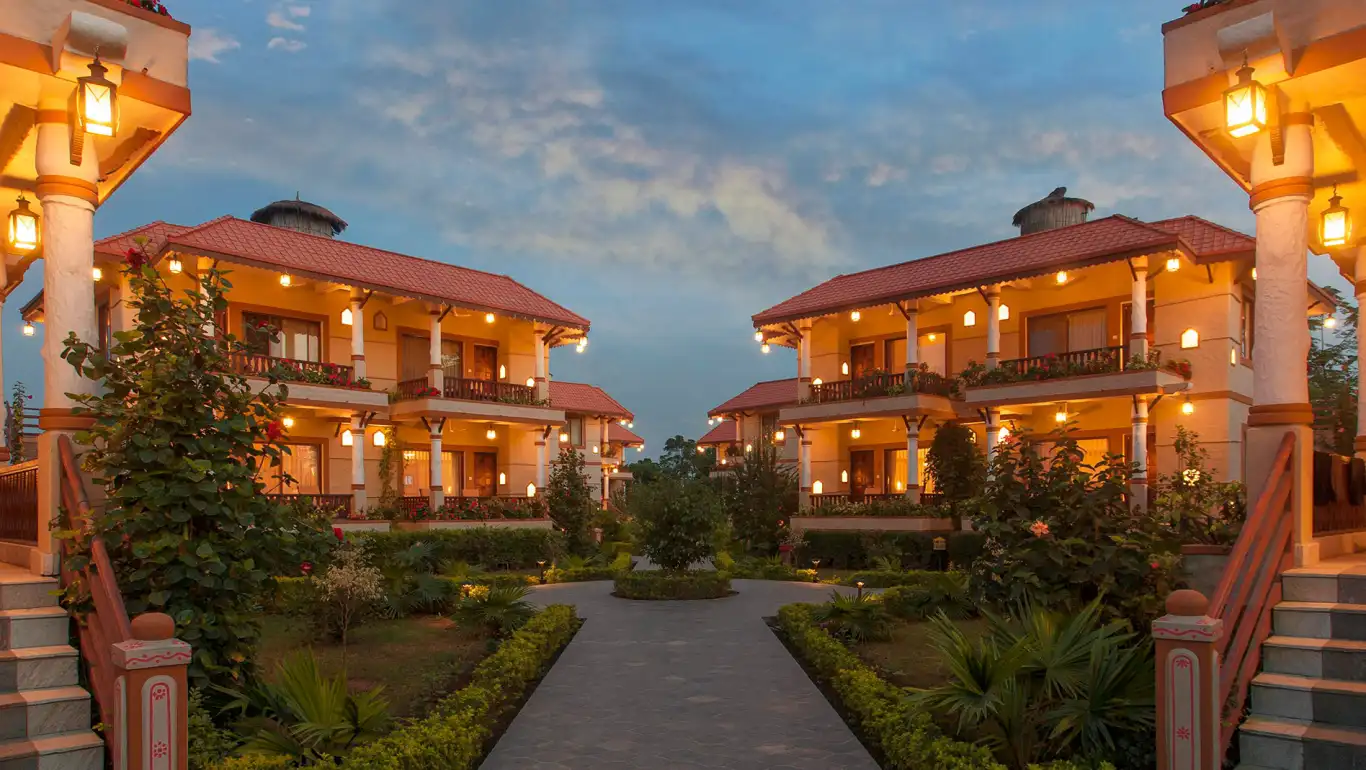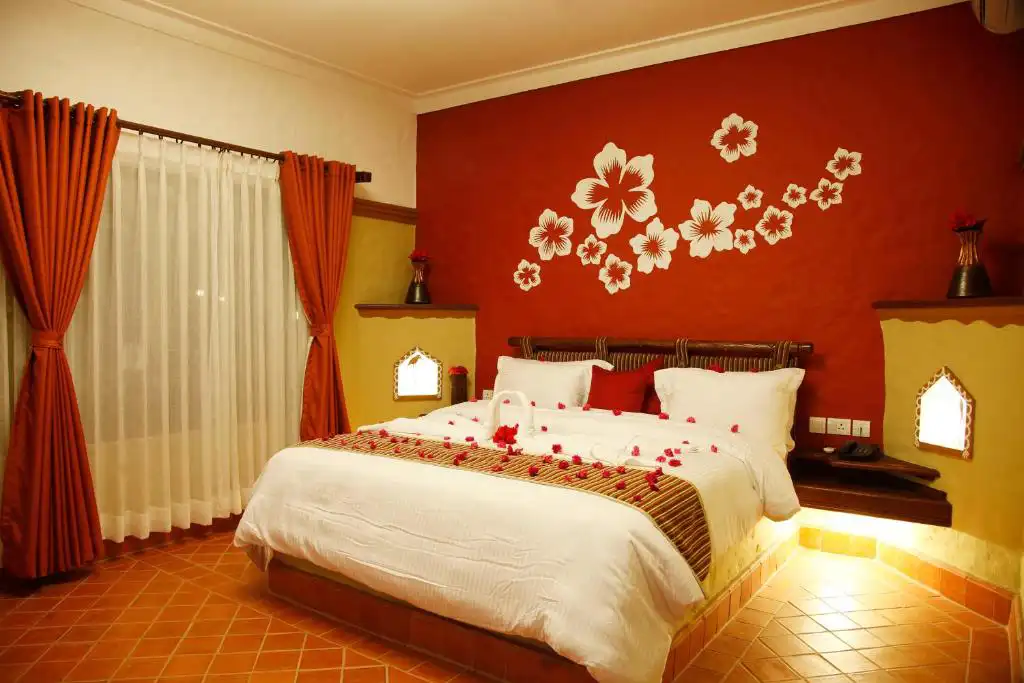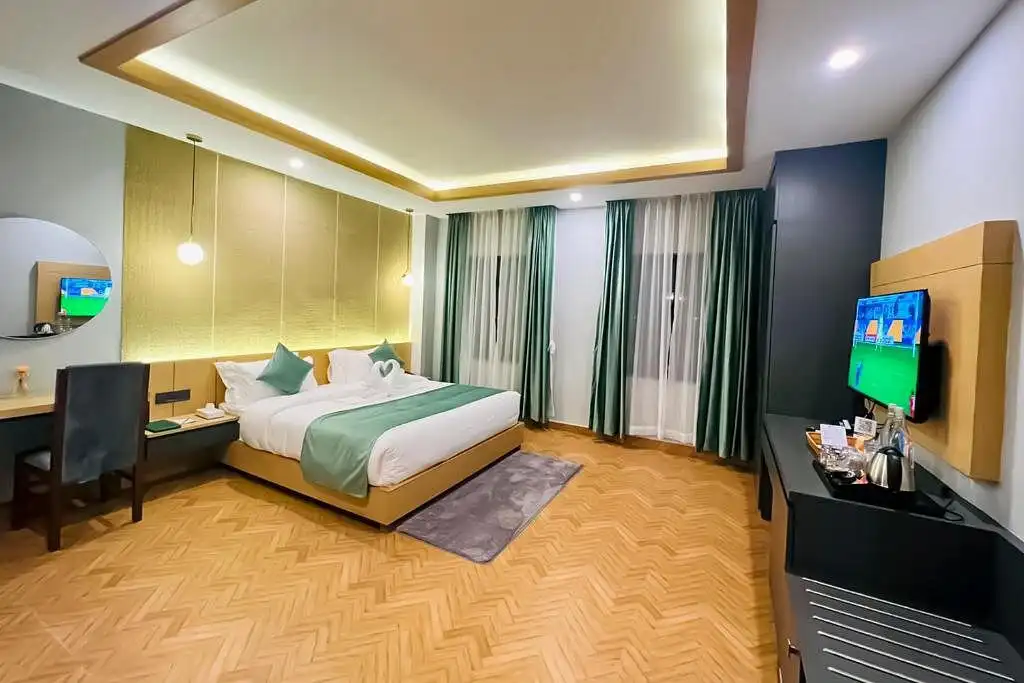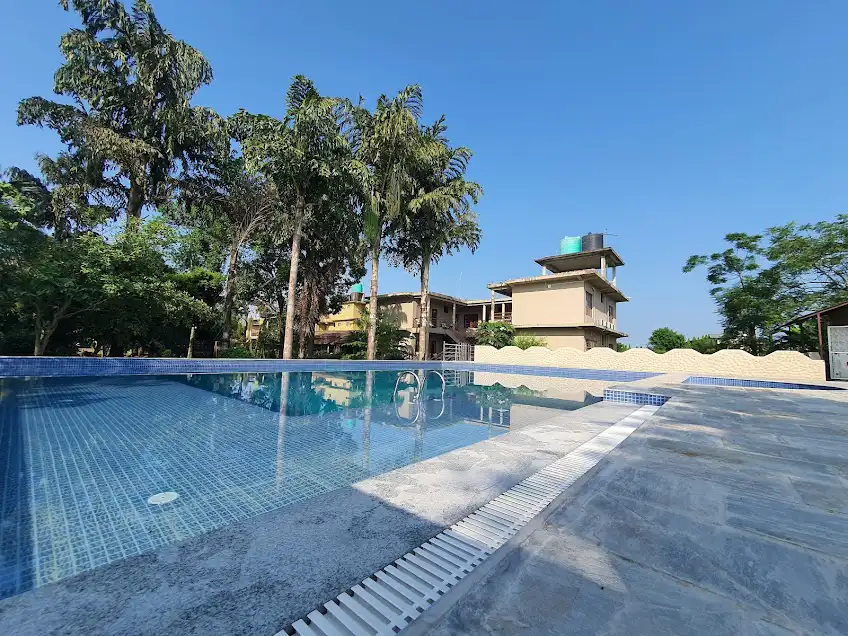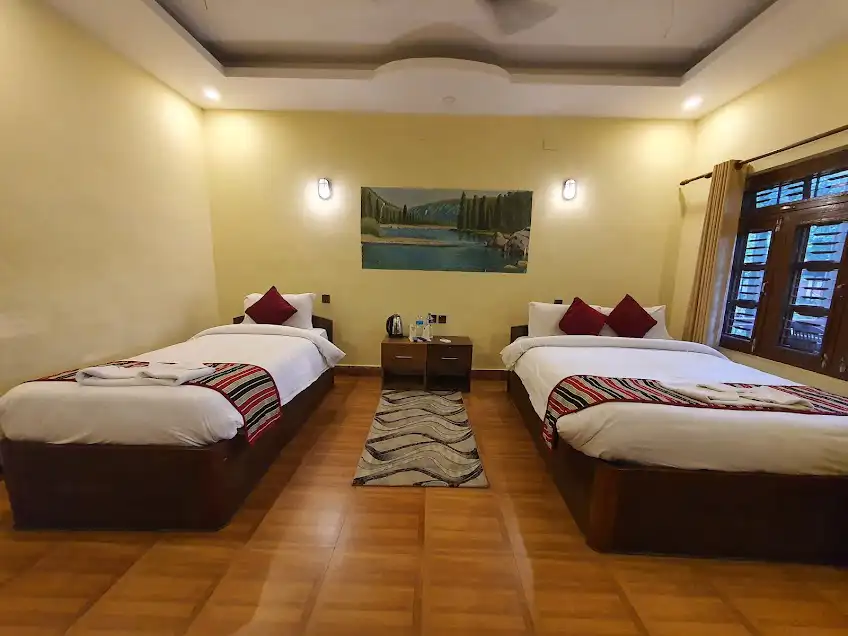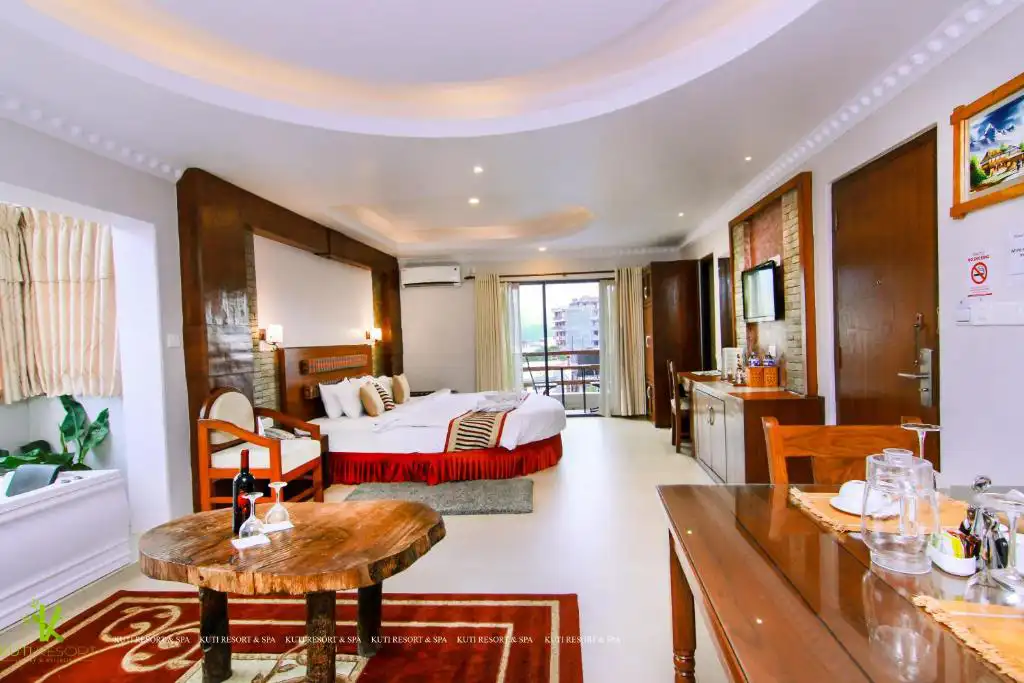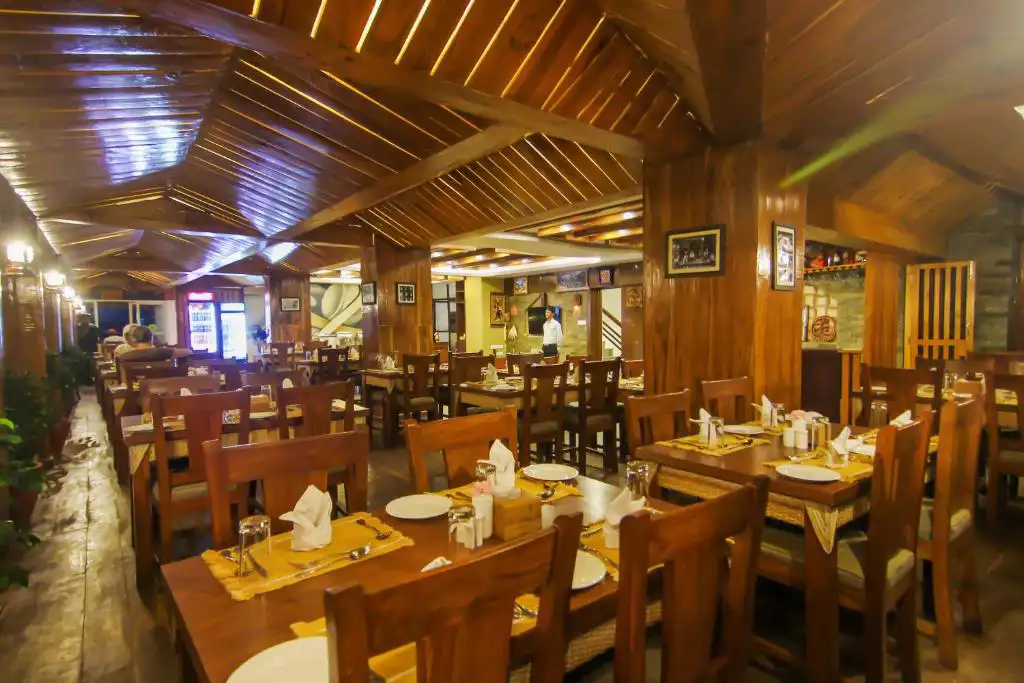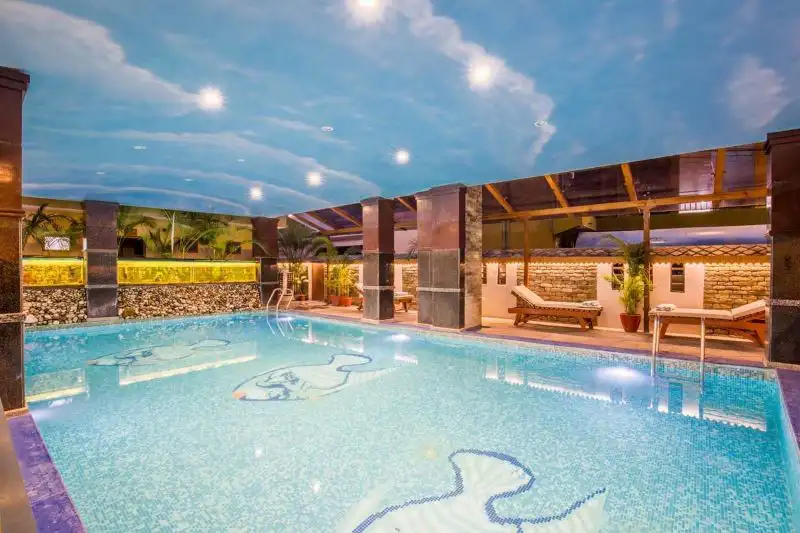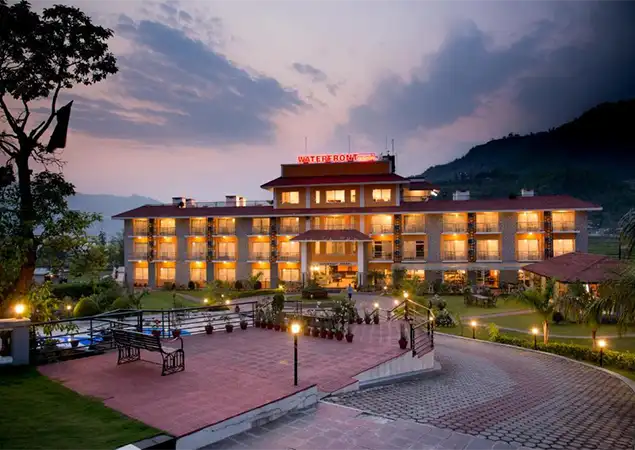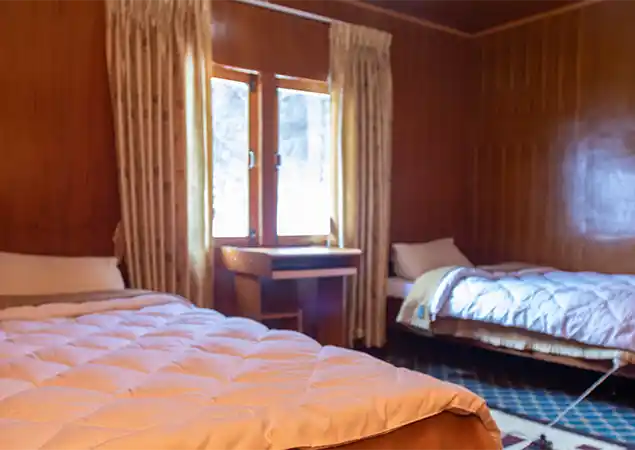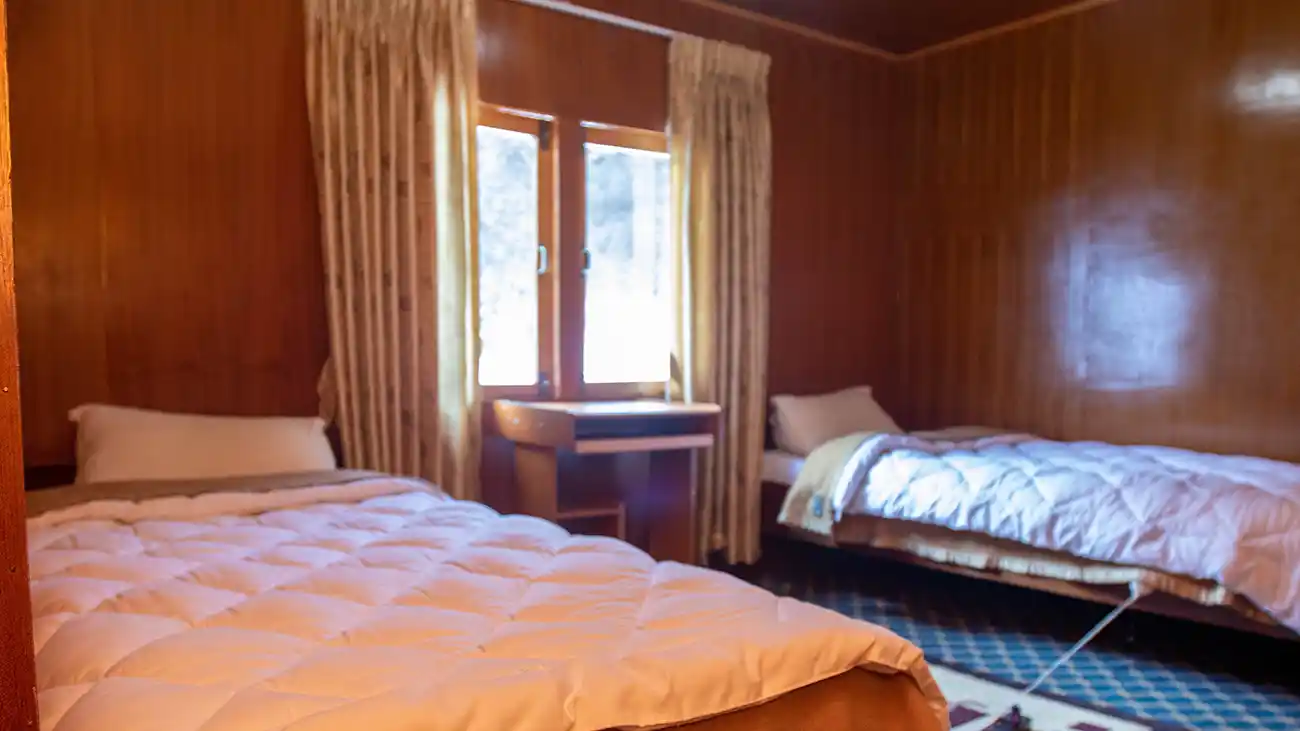Conservation Efforts in Annapurna Conservation Area
The Annapurna Conservation Area is a hub for trekking and tourism and a crucial site for biodiversity conservation. The Annapurna Conservation Area Project (ACAP) leads conservation efforts in this region, implementing various initiatives and strategies to protect the area’s natural resources and cultural heritage. These efforts are essential to maintaining the ecological balance and ensuring the region’s long-term sustainability.
Conservation Initiatives by Annapurna Conservation Area Project (ACAP)
- Community-Based Conservation: ACAP follows a community-based approach to conservation. This approach includes local communities in decision-making processes, ensuring that conservation efforts are in harmony with the needs and traditions of the people living in this Conservation Area. By empowering local communities, ACAP promotes the sustainable use of natural resources and fosters a sense of ownership among the residents.
- Biodiversity Protection: ACAP has implemented various programs to protect the region’s rich biodiversity. These include habitat restoration projects, anti-poaching initiatives, and endangered species monitoring. The focus on safeguarding this Conservation Area animals like the snow leopard, red panda, and Himalayan Thar is central to these efforts. ACAP also works to conserve the diverse plant species, including medicinal plants and the iconic rhododendrons.
- Environmental Education: The part of ACAP’s conservation strategy that involves educating people is vital. In efforts to conserve, ACAP runs environmental education projects in local schools and communities to create awareness of the need for conservation. These initiatives nurture a sense of ecological responsibility amongst young people while promoting constant use habits that are mindful of future generations’ health.
- Tourism Management: ACAP regulates tourism activities within this Conservation Area to minimize environmental impact. Managing trekking routes, promoting eco-friendly practices, and ensuring tourism benefits local communities are all crucial aspects of this approach. Requiring an Annapurna Conservation Area Permit for all trekkers helps control the number of visitors and generates funds for conservation projects.
Challenges in Conservation
Despite the success of ACAP’s initiatives, several challenges remain in conserving the Annapurna Conservation Area. Tackling these challenges is essential for the ongoing protection of this unique region.
- Deforestation: Deforestation is one of the significant threats to the ACA. The demand for firewood and timber, coupled with agricultural expansion, has led to the degradation of forests in some areas. ACAP is working to combat deforestation through reforestation projects and promoting alternative energy sources, such as solar power and biogas.
- Wildlife Protection: Protecting wildlife in the Annapurna Conservation Area is a significant challenge. Poaching and human-wildlife conflicts threaten species like the snow leopard and red panda. ACAP collaborates with local communities to monitor wildlife populations, enforce anti-poaching laws, and implement measures to reduce conflicts between humans and animals.
- Role of Local Communities: Local community involvement is vital to the success of conservation efforts. While ACAP has made significant progress in engaging these communities, ongoing efforts are needed to ensure their continued participation. Challenges include balancing conservation needs with the local population’s economic needs and addressing modernization’s impacts on traditional practices.
Annapurna Conservation Area Permit: Essential Information for Trekkers
Anyone intending to hike in the Annapurna Conservation Area must obtain an Annapurna Conservation Area Permit. This document is essential because it allows people to trek in one of the well-known trekking regions in Nepal and promotes conservation and local development. The following paragraphs provide detailed information about how to get the permit, how much it costs, and why it is essential for anyone going on a trek through the Annapurna region.
Requirements for Obtaining an Annapurna Conservation Area Permit
Before starting your trek in this Conservation Area, you must secure an Annapurna Conservation Area Permit. Every trekker must have this permit, whether independently or with a guided group.
- Documents Required: To get the permit, you’ll need a valid passport and passport-sized pictures. Your passport must also be valid for the duration of your stay in Nepal.
- Where to Obtain the Permit: You can get the Annapurna Conservation Area Permit from the Nepal Tourism Board (NTB) offices in Kathmandu and Pokhara. These offices are the official sources for acquiring the permit. Some trekking agencies may also assist you in obtaining the license as part of their services.
- Application Process: The application process is simple. Visit the NTB office or a registered trekking agency, complete the permit application form, submit your passport photos, and pay the required fee. They usually issue the permit on the same day.
Cost of the Annapurna Conservation Area Permit
The cost of the Annapurna Conservation Area Permit depends on your nationality and the season you are trekking. Here are the current fees:
- Foreign Nationals: The permit fee is usually around NPR 3,000 (approximately USD 25 to 30) per person.
- SAARC Nationals: Trekkers from SAARC countries (South Asian Association for Regional Cooperation) typically pay a reduced fee of around NPR 1,000 (approximately USD 10).
Importance of the Annapurna Conservation Area Permit
The Annapurna Conservation Area Permit serves several essential purposes beyond just granting access to trekking routes:
- Support for Conservation Efforts: The permit fees directly support conservation projects within the Annapurna Conservation Area. This funding supports habitat restoration, wildlife protection, and maintenance of trekking trails.
- Contribution to Local Communities: A portion of the permit fee supports the local communities living within the ACA. This funding helps with community development projects, such as building schools and healthcare facilities and promoting sustainable tourism practices.
- Regulation of Trekking Activities: The permit system helps regulate the number of trekkers in the region, minimizing the environmental impact on trails and surrounding ecosystems. It also ensures that trekkers know the rules and guidelines for responsible trekking in the area.
Practical Tips for Trekkers
- Always Carry Your Permit: Keep your Annapurna Conservation Area Permit while trekking. You may need to show it at various checkpoints along the trails.
- Respect Local Customs: With the permit comes the responsibility to respect local customs and the natural environment. Practice eco-friendly habits, such as packing out all trash, staying on designated trails, and supporting local businesses.
- Check Permit Validity: Ensure your permit is valid for the entire duration of your trek. If you plan to extend your trek, confirm whether additional permits or extensions are necessary.
Exploring and Capturing Annapurna Conservation Area: A Photographer’s Paradise
The Annapurna Conservation Area is a haven for photographers and nature enthusiasts. With its vast landscapes, diverse wildlife, and rich cultural tapestry, this region offers countless opportunities to capture striking images. Photographs from the Annapurna Conservation Area often showcase its towering peaks, lush forests, traditional villages, and unique wildlife, drawing photographers from around the globe.
Capturing the Beauty of Annapurna Conservation Area
Diverse Landscapes: The ACA’s landscape is remarkably varied, featuring the towering Annapurna range, lush valleys, and terraced fields. Photographers find that the golden hours of sunrise and sunset bathe the mountains and valleys in a warm, dramatic light, creating stark and beautiful contrasts perfect for photography.
- Wildlife Encounters: Home to many animals, including the endangered snow leopard, red panda, and Himalayan Thar, ACA is a fantastic place for wildlife photography. The key to capturing these elusive creatures lies in patience. The early mornings and late afternoons are prime times for sightings. A telephoto lens allows photographers to take detailed images from a distance, ensuring that the wildlife remains undisturbed.
- Cultural Insights: Beyond its natural allure, ACA boasts a deep cultural heritage. Photographers can delve into the essence of local life by visiting the traditional villages of the Gurung, Magar, Thakali, and Manangi people. The colorful festivals, intricate architecture, and daily activities offer rich scenes documenting the area’s cultural diversity.
Photography Tips for the Annapurna Conservation Area
- Essential Gear: Acquiring a set of multiple lenses is necessary. For example, a wide-angle lens works beautifully in landscape photography, paralleled by a telephoto when shooting animals. It would be best to have a strong tripod for situations with limited light and take long-exposure pictures that require sharpness, like photographs of stars or moving waters.
- Cultural Sensitivity: Always seek permission before photographing people and cultural sites. Respecting local customs and traditions helps build positive relationships with the communities.
- Equipment Protection: Given the unpredictable weather in ACA, it’s vital to protect your camera gear. Bring along rain covers and silica gel packs to combat moisture.
- Patience and Awareness: Often, the best photographs result from observing and waiting. Move slowly, stay alert, and be patient to capture candid moments and wildlife in their natural settings.
Visitor Information for Annapurna Conservation Area
Proper planning is essential when visiting the Annapurna Conservation Area. Here’s what you need to know to make the most of your adventure.
Optimal Visiting Times
- Spring (March to May): Spring is one of the best times to visit ACA. The weather is mild, the skies are clear, and the rhododendron forests are in full bloom, adding vibrant colors to the landscape.
- Autumn (September to November): Autumn is another ideal time for trekking in ACA. The post-monsoon season offers clear skies, moderate temperatures, and excellent visibility, making it perfect for photography and trekking.
Traveling to Annapurna Conservation Area
- Starting from Kathmandu: Most trips to ACA begin in Kathmandu, where you can take a flight or a bus to Pokhara, the gateway to the region.
- From Pokhara: Depending on your chosen trek, you can drive or take a local bus to various trek start points, such as Nayapul, Besisahar, or Jomsom.
Accommodations
- Teahouses: Along the trekking routes, teahouses provide basic yet comfortable lodging, offering a place to rest and recharge.
- Hotels and Lodges: More comfortable accommodations are available in larger towns like Pokhara and Jomsom, featuring hot showers and Wi-Fi amenities.
Guidelines for Visitors
- Permit Requirements: Before you begin, ensure you have an Annapurna Conservation Area Permit. This permit is essential for entry and helps fund local conservation efforts.
- Environmental Responsibility: Welcome to a new way of living that will benefit you and the entire planet. One such principle is packing out all trash, avoiding using single-use plastics, and always staying on trails.
- Cultural Respect: Be considerate of local customs and traditions. Dress modestly in villages and religious sites, and always ask permission before photographing people.
- Safety Measures: The high altitudes and varying weather conditions can be challenging. Properly acclimatize, stay hydrated, and be mindful of altitude sickness symptoms. Always inform someone of your trekking itinerary and expected return.
Conclusion: Preserving the Annapurna Conservation Area
The Annapurna Conservation Area (ACA) is a remarkable center of biodiversity, cultural richness, and adventure. This region’s diverse landscapes, ranging from snow-capped peaks to lush valleys, offer a unique blend of natural beauty and cultural heritage that draws visitors worldwide. Annapurna Conservation Area photos showcase its stunning scenery, while the presence of rare and endangered Annapurna Conservation Area animals highlights the critical need for conservation.
The Annapurna Conservation Area Permit is vital in maintaining the region’s ecological balance and supporting local communities. Revenue from these permits directly funds conservation projects and community development, ensuring that ACA remains a vibrant and sustainable destination for future generations.
When exploring the Annapurna Conservation Area, it is crucial to engage in responsible tourism. Respect local cultures, minimize environmental impact, and support sustainable practices to help preserve this incredible region. By doing so, you actively contribute to ongoing efforts to protect ACA’s natural and cultural treasures, ensuring this unique area thrives for years.
